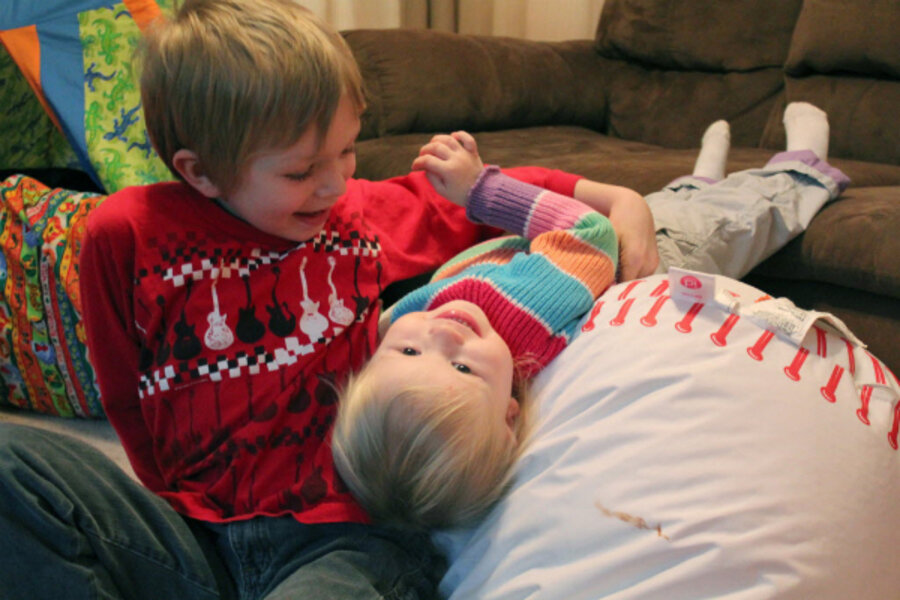Sibling bullying: How to be sure normal tangles are not actually damaging
There’s a common parental refrain, “If you’re not bleeding, I don’t want to hear it! Figure out how to work it out!”
Siblings fight. It’s part of how kids learn to resolve conflict. Parents expect it, shrug it off, and tell their kids that, one day, they will be best friends.
However, aggressive behavior between siblings can have an impact on kids’ mental health, says a new study from the University of New Hampshire’s Crimes Against Children Research Center, published in the July issue of the medical journal “Pediatrics.”
Study authors indicated that victimization among siblings could be just as harmful as peer bullying.
This is startling news for parents, who see the sibling dynamic as the ideal relationship for practicing independent conflict resolution.
How can parents set the stage for this kind of learning without opening the door for one sibling to victimize the other?
Parents should start while the kids are young, suggests Lauren Bondy, a licensed social worker and founder of Parenting Perspectives, an Illinois consulting agency offering workshops, courses, and counseling services to families.
“Parents can do a lot of things when kids are younger than 4 to teach them the skills to work conflict out on their own,” Ms. Bondy says.
Young children need to be taught about the effects of their behavior in firm but kind ways, she says. She cautions parents to avoid making young children feel bad about their actions because they are still learning how to deal with their own emotions and how to interpret others’ feelings.
Bondy encourages parents to “respond in a loving, teaching way” and to remember that “harshness breeds harshness.”
As children grow older, parents can talk with kids during calm, neutral moments about ways to resolve conflicts, including walking away, ignoring unwanted behavior, and establishing a compromise.
Once kids have these tools, parents should allow them to freely explore them, because jumping into conflicts and resolving them for kids can actually promote a bully-victim dynamic, Bondy says.
“Frequently parents jump in with their own perception of who is right or wrong and lecture and punish them. They often expect more from the older child and feel they need to rescue the other one. In actuality, this is setting up a victim mentality; the older child feels bad about who he is and the younger child ends up feeling incapable,” Bondy says.
Parents do need to intervene if a child loses control and begins to hysterically kick, scream, and throw things, she says. In that state, she says kids are not capable of hearing anything. The only thing to do is remove the child somewhere she cannot harm herself or anyone else and let her calm down. Teaching kids self-calming strategies can facilitate this process.
Parents also need to be on the lookout for intentional, repeated victimization between siblings, Bondy says. While conflict is developmentally appropriate, an imbalance of power in the relationship can be harmful.
While many siblings have aggressive relationships and feel that it is a fair fight, the difference in ages can set the stage for an imbalance of power, says Timothy Davis, a Massachusetts child and family psychotherapist and author of “Challenging Boys.”
“Aggression between siblings, especially younger ones, is normal, but some measure of it, particularly if there is an element of fear and intimidation or harassment, becomes really worrisome,” Dr. Davis says.








